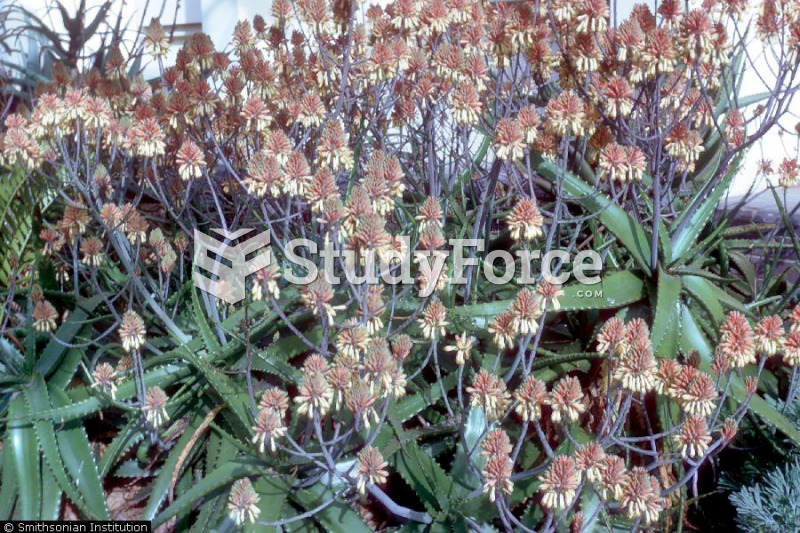|
|
|
The toxic levels for lithium carbonate are close to the therapeutic levels. Signs of toxicity include fine hand tremor, polyuria, mild thirst, nausea, general discomfort, diarrhea, vomiting, drowsiness, muscular weakness, lack of coordination, ataxia, giddiness, tinnitus, and blurred vision.
Side effects from substance abuse include nausea, dehydration, reduced productivitiy, and dependence. Though these effects usually worsen over time, the constant need for the substance often overcomes rational thinking.
Earwax has antimicrobial properties that reduce the viability of bacteria and fungus in the human ear.
Most childhood vaccines are 90–99% effective in preventing disease. Side effects are rarely serious.
The average adult has about 21 square feet of skin.







